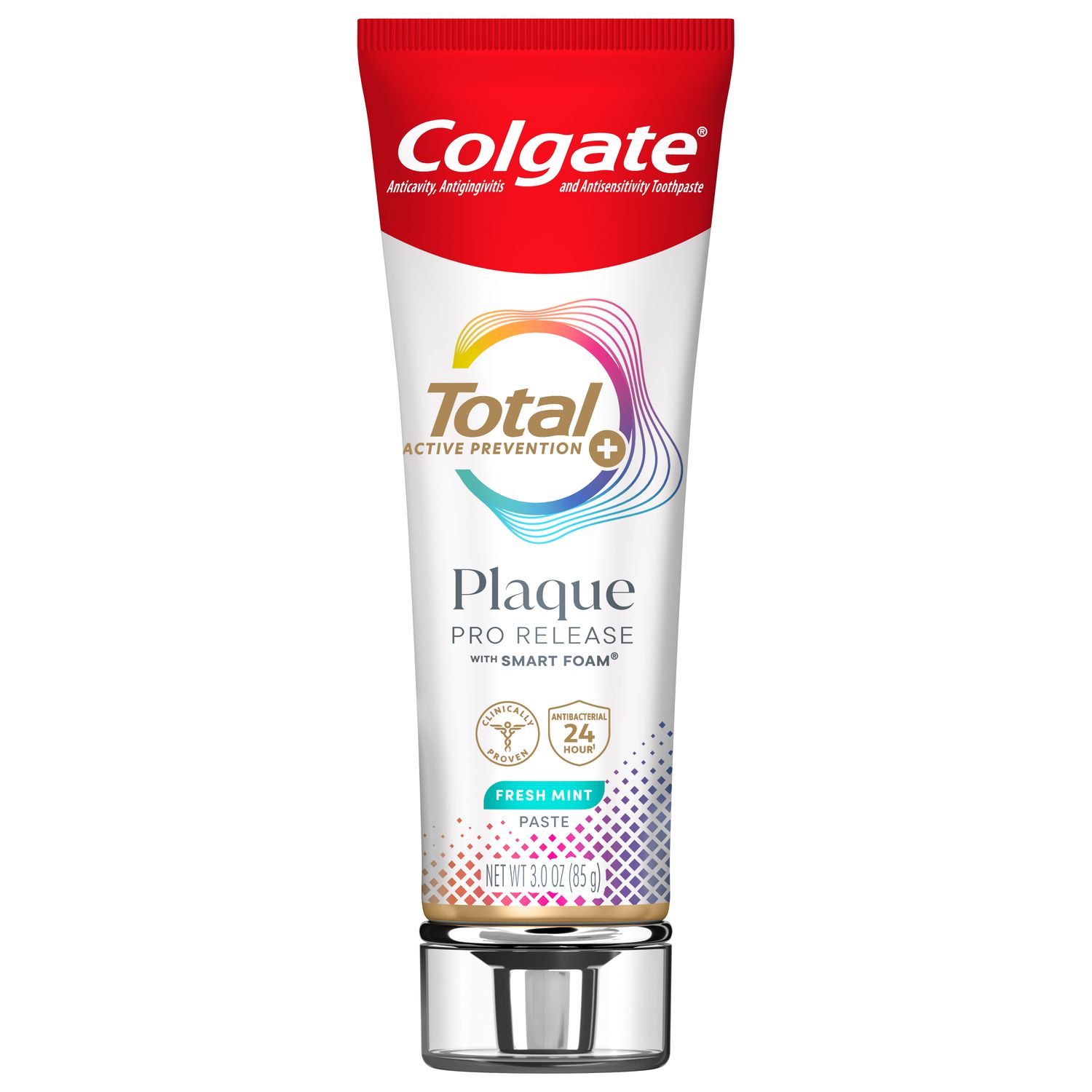
With nearly unlimited access to information on the internet, modern patients are more knowledgeable than ever about their dental care — and also much more likely to fall into the trap of dental self-diagnosis. Depending on the source, the information your patients find online may be accurate, however it may not always be comprehensive. As dental professionals and coaches, we must be prepared to support our patients' desire to be educated while maintaining our role as Whole Mouth Health authorities who can verify and contextualize what they read.
Pros and Cons of Online Sources
When digital-savvy patients seek information online it can have some positive results. First, it may motivate a patient to schedule a dental appointment. Also, it may be easier for dental professionals to talk with informed patients who already have some background knowledge about their issues.
Of course, patients will often read something online and reach an incorrect dental self-diagnosis. Some patients will become convinced that they don't need professional dental care when they actually do. For example, if they have an occasional toothache but have read online that only constant toothaches need professional attention, they may delay treatment.
Some patients may come into your office expecting to need minor treatment when they actually need something more extensive. A patient who has read that the sore area in the gum above a tooth may be due to gingivitis may be shocked when you examine the area, take an X-ray and diagnose an abscessed tooth that requires root canal therapy.
Misleading articles about the supposed dangers of things like fluoride or radiographs are a problem. Even when your patients have no condition that need treatment, invite them to share the dental news they've read, and guide patients by providing them with evidence-based information and recommendations.
Tips for Handling Dental Self-Diagnosis
What is the best way to speak to a well-read patient who may have self-diagnosed?
- Listen. The patient has done some research and wants to discuss it with you. Let them explain what their symptoms are and what conclusions they've come to. If you cut them off or appear condescending they may feel embarrassed, or be annoyed, and seek treatment elsewhere or not at all.
- Explain. Describe what you see in your patient's mouth and what your diagnosis is when you consider what you see, their symptoms and overall health.
- Show. Intraoral pictures and X-rays are useful tools for showing patients what is happening in their mouth and why you have reached a certain conclusion.
- Reassure. Remind your patient that while information on the internet may be helpful, it doesn't contain the breadth and depth information that is learned in dental school, and that this together with your hands-on experience as a practicing dental professional helps guide your diagnosis.
- Be patient. You and your patients both want the best treatment outcome, and they are seeking your expertise and knowledge. Be compassionate and understanding in order to build a stronger patient-dentist relationship.
Guiding Your Patients Toward Credible Sources
Patients are going to continue searching for answers, so it is important to recommend credible websites. Even after receiving your diagnosis and treatment options, patients may still want to do more research. Sites written by dental authorities like the American Dental Association, the British Orthodontic Society and the Colgate Oral Care Center are great resources for patients to get correct information about dentistry and their dental care. Your practice's website is another good way to provide fact-checked articles and links for your patients.
Dental patients have access to more information than ever before, and dental professionals must embrace patients' eagerness to learn and improve. Practice patience and compassion toward your patients who may self-diagnose, and be confident in your own expertise and training.
Join us
Get resources, products and helpful information to give your patients a healthier future.
Join us
Get resources, products and helpful information to give your patients a healthier future.













